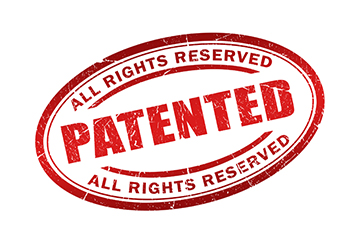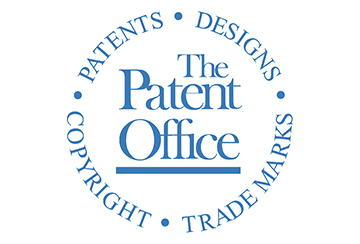WHO IS THE TRADEMARK OWNER – DISTRIBUTOR OR MANUFACTURER?
One question that arises in trademark law is who is the owner of a trademark – the manufacturer or the distributor? This question may be difficult to resolve when a relationship between a manufacturer and a distributor ends and the trademark has significant value that was developed during the manufacturer-distributor relationship. In such cases, a well-settled legal framework is used to decide who is the owner of the trademark. The factors identified in Wrist-Rocket Manufacturing Co. v. Saunders[1], and further developed in later cases have been used to analyze who is the owner of a trademark in the manufacturer-distributor relationship. This article discusses that legal framework.
Wrist-Rocket involved a dispute over a trademark that was developed during the relationship between a manufacturer and a distributor. In Wrist-Rocket, the court reviewed earlier cases that involved manufacturer-distributor disputes and recognized that where the manufacturer owns a trademark and enters a distributorship relationship the distributor’s right to use the mark ends when the relationship ends. However, the court found the cases unhelpful in resolving a situation in which the trademark was developed during the relationship. Next, the court considered the written agreement, but also found it unhelpful because it did not address ownership of the trademark.
Given the absence of any written agreement related to the ownership of the trademark, the Wrist-Rocket court considered the following factors to help determine who possessed the goodwill in the mark: who invented the mark and was the first to affix it to products; whose name was on the packaging and promotional material; who registered the mark; whether the mark was used by one party on other products; to whom purchasers turned for correction of defective products; who paid for advertising; and, who maintained the quality and uniformity of the products.
Ultimately, the Wrist-Rocket court found that the following facts weighed in favor that the distributor did have rights to the trademark: that the manufacturer did not have prior rights to the trademark when the relationship began; that there was an absence of an agreement discussing ownership of the trademark; that the distributor was the first to invent and affix the mark; that the distributor maintained the quality and uniformity of the product; and that the public believed the distributor to be the origin of the goods.
Courts in various jurisdictions have used the Wrist-Rocket factors to resolve trademark disputes involving manufacturers and distributors. Courts first will look to the written agreement between the parties related to trademark ownership. While the agreement between parties is important, it is not dispositive. In absence of an agreement, the manufacturer is presumed the owner.[2]
However, in the absence of a written agreement the presumption that the manufacturer is the trademark owner is rebuttable. Following Wrist-Rocket and its progeny, the factors that courts have used to determine whether the distributor has rebutted the presumption of the manufacturer’s ownership when there is no written agreement, include the following: (1) which party invented and first affixed the mark onto the product; (2) which party’s name appeared with the trademark on packaging and promotional materials; (3) which party maintained the quality and uniformity of the product, including technical changes; and (4) with which party the public identified the product and to whom purchasers made complaints.[3] Other factors courts have considered include which party possesses the goodwill associated with the product, alternatively framed as which party the public believes stands behind the product,[4] which party paid for advertising[5], and what a party represented to others about the product.[6] No one factor is dispositive.[7]
Trademark ownership disputes are not uncommon and the manufacturer-distributor relationship is just one type of relationship where such disputes arise. A trademark can carry significant value and evaluating a business’s legal rights in a potential ownership dispute should be completed prior to taking action that could adversely affect the business. The patent and trademark attorneys at The Plus IP Firm have helped numerous businesses evaluate their ownership rights and develop their legal strategies. For more information about Derek Fahey, this article’s author, click HERE.
[1] 379 F. Supp. 902 (D. Neb. 1974), aff’d in part and rev’d in part, 516 F.2d 846, cert. denied, 423 U.S. 870 (1975).
[2] Sengoku Works Ltd. v. RMC International, Ltd., 96 F.3d 1217, 1220 (9th Cir. 1996).
[3] Id. at 1220 – 21.
[4] Id. at 1221.
[5] Wrist-Rocket I, 379 F. Supp. at 915 n.6.
[6] Automated Prods., Inc. v. FMB Maschinenbaugesellschaft mbH & Co., 34 U.S.P.Q.2d 1505, 1511 (N.D. Ill. 1994).
[7] Sengoku, 96 F.3d at 1221.












